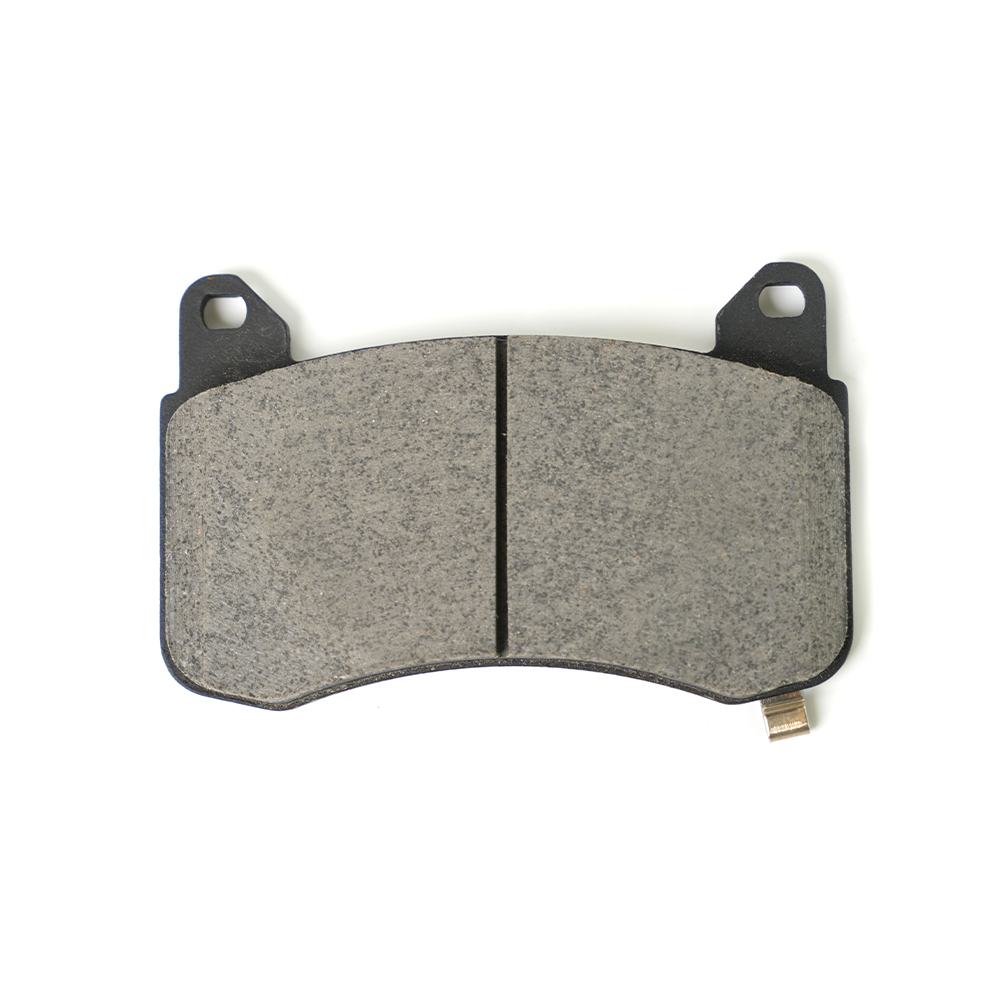Thermal conductivity plays a crucial role in brake pad performance, especially when it comes to maintaining optimal braking power during prolonged or high-speed driving. Low-metal brake pads, designed with a small amount of metallic steel wool, are specifically engineered to offer enhanced thermal efficiency compared to traditional organic or semi-metallic pads. This attribute ensures that the brake pads remain cool under pressure, preventing the risk of brake fade, which can significantly compromise safety. With good thermal conductivity, low-metal brake pads help dissipate the heat generated during braking, keeping the vehicle in control even during demanding driving conditions.
The importance of managing heat during braking cannot be overstated, particularly for vehicles that regularly operate in high-performance situations. Whether it’s a sports car pushing the limits on the open road or a delivery truck stopping and starting frequently, the heat generated by friction can quickly become a problem. When brake pads fail to manage this heat, it can lead to a decrease in braking efficiency, longer stopping distances, and, in the worst-case scenario, total brake failure. This is where low-metal brake pads excel. Thanks to their superior heat management properties, they provide reliable braking performance even in tough conditions, making them an excellent choice for both everyday and high-demand vehicles.

Moreover, low-metal brake pads offer several other advantages that contribute to overall vehicle safety. Because of their improved thermal conductivity, they not only prevent brake fade but also reduce the risk of overheating. Overheated brake pads can cause uneven wear and even damage the braking system. With a better heat management system, low-metal pads extend the life of your vehicle’s braking components, reducing the frequency of expensive repairs. This makes them a cost-effective choice for businesses that rely on vehicles for transportation, as well as for everyday drivers who seek long-term reliability.
In addition to thermal conductivity, the design and material composition of low-metal brake pads help improve their overall performance and durability. The specific heat capacity of these pads ensures they absorb and store heat without significantly increasing the temperature of the brake system, allowing for consistent braking performance even during high-speed or emergency stops. For vehicles with large inertia, such as trucks and SUVs, this is particularly important. These types of vehicles require brake pads that can handle the higher demands placed on them during deceleration, making low-metal pads the perfect solution.
One of the often overlooked benefits of low-metal brake pads is their ability to maintain stable braking performance over time. Many brake pad materials begin to lose their effectiveness as they age, especially when exposed to extreme temperatures. Low-metal brake pads, however, maintain their thermal properties and continue to offer responsive, reliable braking even as they wear down. This stability adds an extra layer of security, ensuring that drivers can count on their brakes in a wide range of conditions, from city streets to highways, without worrying about sudden drops in performance.
By choosing low-metal brake pads, you’re opting for a product that combines cutting-edge thermal management with lasting performance. Their ability to handle high temperatures, reduce the risk of brake fade, and extend the life of your vehicle’s braking system makes them an excellent investment for any driver or fleet owner. Whether you’re navigating busy city traffic or embarking on long highway trips, low-metal brake pads are designed to give you the peace of mind that comes with knowing your vehicle’s brakes are performing at their best, even under the toughest conditions.